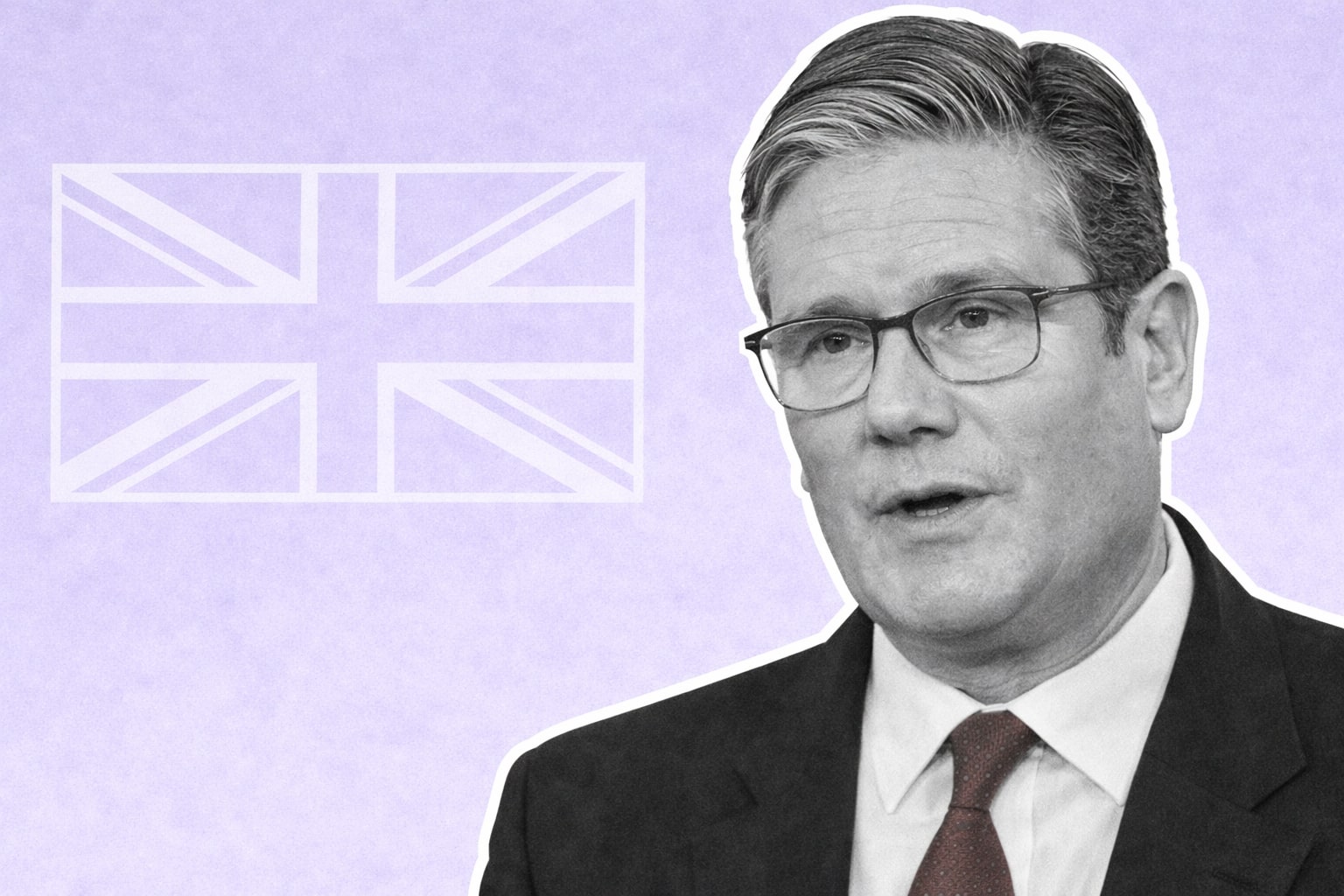
U.S. Economy Witnesses 2.4% Growth in Real GDP for Q2 2023
Consumer Spending and Nonresidential Investments Fuel Economic Surge, Despite Decrease in Exports and Residential Fixed Investments | That's TradingNEWS
The US economy, GDP, has shown an increased growth rate of 2.4 percent in the second quarter of 2023, surpassing the first quarter's 2.0 percent. These figurescould be subject to change pending a more comprehensive "second" estimate due on August 30, 2023. The boost in real GDP is attributed to increased consumer spending, nonresidential fixed investment, and increased spending from state and local governments, and private inventory investments.
The economy's health is reflective of consumer behavior, and the 2.4 percent increase was primarily driven by consumer spending in services and goods, particularly housing and utilities, health care, financial services, insurance, and transportation services. This sector's increase was further bolstered by purchases of recreational goods and vehicles, and gasoline and other energy goods. In fact, current-dollar GDP grew by 4.7 percent, an annual rate, or $305.2 billion, in the second quarter, culminating to a total of $26.84 trillion.
Nonresidential fixed investments saw an upturn primarily in equipment, structures, and intellectual property products. Additionally, state and local government spending also increased, reflecting a rise in employee compensation and gross investment in structures. Private inventory investments also contributed to this uptick, with increases noted in both farm and nonfarm inventories.
Unfortunately, the robust growth wasn't entirely unhindered. This financial surge was slightly offset by a decrease in exports and residential fixed investments. Furthermore, imports, which are subtracted when calculating GDP, decreased as well.
Current-dollar personal income increased by $236.1 billion in the second quarter, lower than the first quarter's increase of $278.0 billion. This increment is primarily due to increases in compensation, personal income receipts on assets, rental income of persons, and personal current transfer receipts.
Disposable personal income, defined as income available for personal consumption, savings, and tax payments, also increased by $248.2 billion, or 5.2 percent in the second quarter. Real disposable personal income, which is adjusted for inflation, saw a rise of 2.5 percent.
As a consequence, personal saving increased to $869.5 billion in the second quarter, compared to $840.9 billion in the first quarter. This represents a personal saving rate, calculated as a percentage of disposable personal income, of 4.4 percent in the second quarter, a marginal increase from the 4.3 percent of the first quarter.
The changes in GDP and personal income are intrinsically tied to price fluctuations. The price index for gross domestic purchases increased 1.9 percent in the second quarter, compared to the first quarter's 3.8 percent. Simultaneously, the Personal Consumption Expenditure (PCE) price index increased 2.6 percent, compared to an increase of 4.1 percent in the first quarter.
Overall, these figures point to a healthy and steadily growing US economy, underpinned by increases in consumer spending, personal income, and investments in nonresidential fixed assets. However, it is crucial to monitor the decrease in exports and residential fixed investments that could potentially slow down this growth rate.
That's TradingNEWS
Read More
-
Pagaya Stock Price Forecast - PGY at $23.20: Is PGY Stock the Cheapest AI Fintech of 2026?
19.12.2025 · TradingNEWS ArchiveStocks
-
XRP Price Forecast: XRP-USD Stuck at $1.87 With $3 2026 Target and $10–$25 Long-Term Range
19.12.2025 · TradingNEWS ArchiveCrypto
-
Oil Price Forecast: WTI Near $56 and Brent at $60 Signal Risk Toward $50
19.12.2025 · TradingNEWS ArchiveCommodities
-
Stock Market Today: AI Chip Rally Lifts Nasdaq as $7.1T Quad Witching Hits
19.12.2025 · TradingNEWS ArchiveMarkets
-
GBP/USD Price Forecast - Pound at 1.34 As BoE Cut And Soft Dollar Keep Bullish Path Toward 1.35
19.12.2025 · TradingNEWS ArchiveForex



















